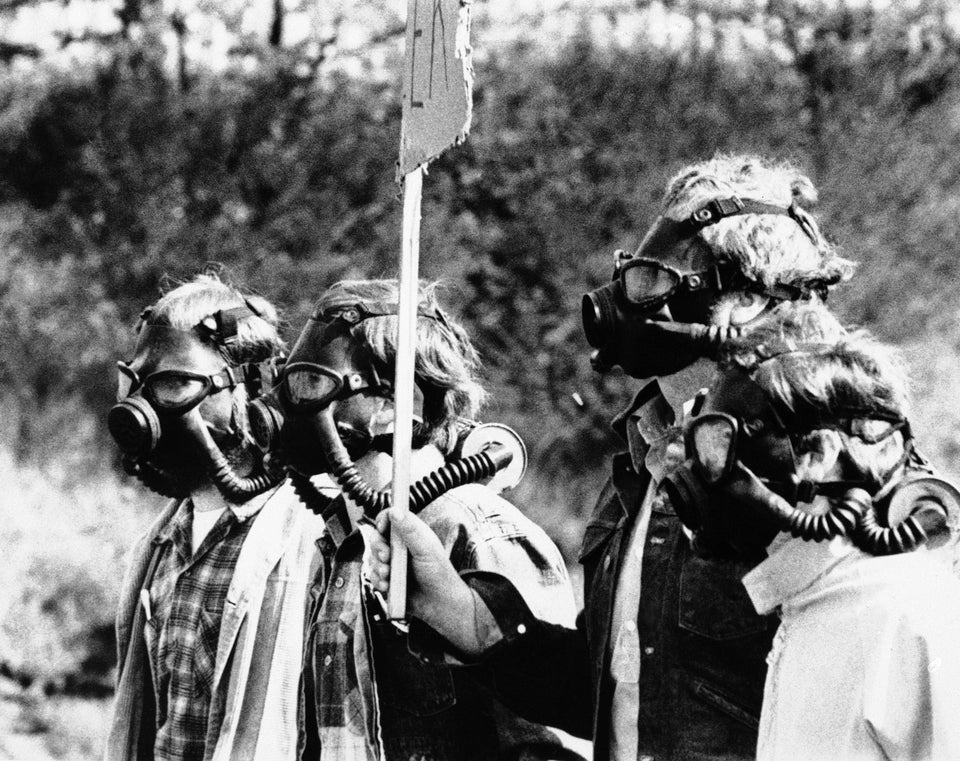
By Laura Zuckerman
Aug 22 (Reuters) - State regulators failed to collect air samples in the week following a radiation release at a New Mexico nuclear waste dump because of a vacancy in the office responsible for monitoring the site at the time, a state official said on Friday.
The Waste Isolation Pilot Plant, where drums of plutonium-tainted refuse from government nuclear weapons laboratories are buried in caverns a half a mile deep, has been closed since Feb. 14, when unsafe radiation levels were detected at the site.
Preliminary findings from an investigation of the mishap suggests that at least one barrel of improperly packaged material underwent a chemical reaction underground that caused it to rupture.
The leak ranks as the worst accident at the U.S. Energy Department facility since it opened in southeastern New Mexico near the town of Carlsbad in 1999. The plant, the only facility of its kind in the United States, is run under contract for the government by Nuclear Energy Partnership LLC.
Plant managers initially denied that employees working above ground at the site had been affected but said later that 22 workers were exposed to radiation, though at low levels not considered harmful to their health.
Surface-air monitoring conducted beyond the site by facility managers and university researchers in the days after the accident showed detectable trace amounts of radiation apparently had drifted from the plant. But state and federal officials likewise said they believed those levels were too small to pose a threat to humans or the environment.
However, additional independent air sampling required of the state Environment Department was never conducted during the first week after the accident due to a staff vacancy at the agency's Carlsbad office, spokesman Jim Winchester said.
State sampling resumed a week after the radiation leak, said Susan Kamat, director of that office.
A U.S. Environmental Protection Agency review of air testing in February and March found discrepancies in recorded times and dates of sample collections, flawed calculation methods, conflicting data and missing documents. It also found the facility sometimes said air samples contained no detectable levels of radiation when measurable levels were present.
Plant spokesman Tim Runyon said the review included recommendations "which we will use to improve our program."
Don Hancock, head of the watchdog group Southwest Research and Information Center, said the accident revealed gaps in oversight and safety that have yet to be addressed by regulators. (Reporting by Laura Zuckerman in Salmon, Idaho; Editing by Steve Gorman and Eric Beech)

